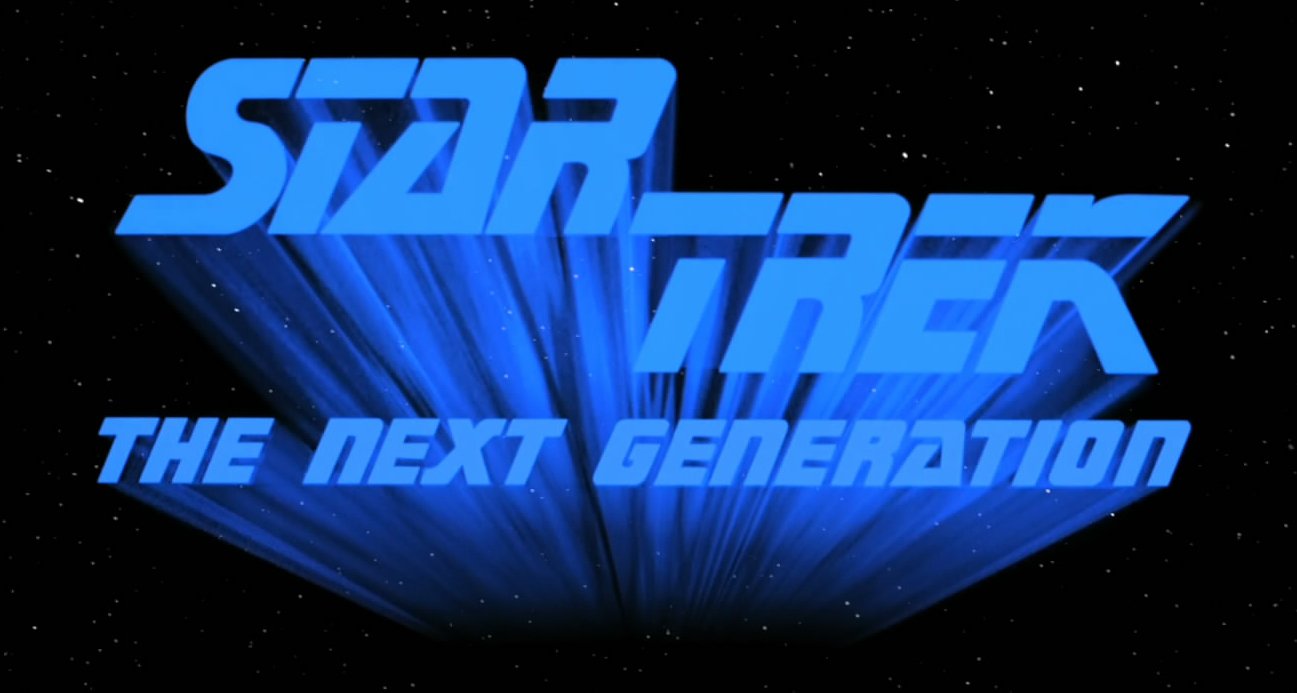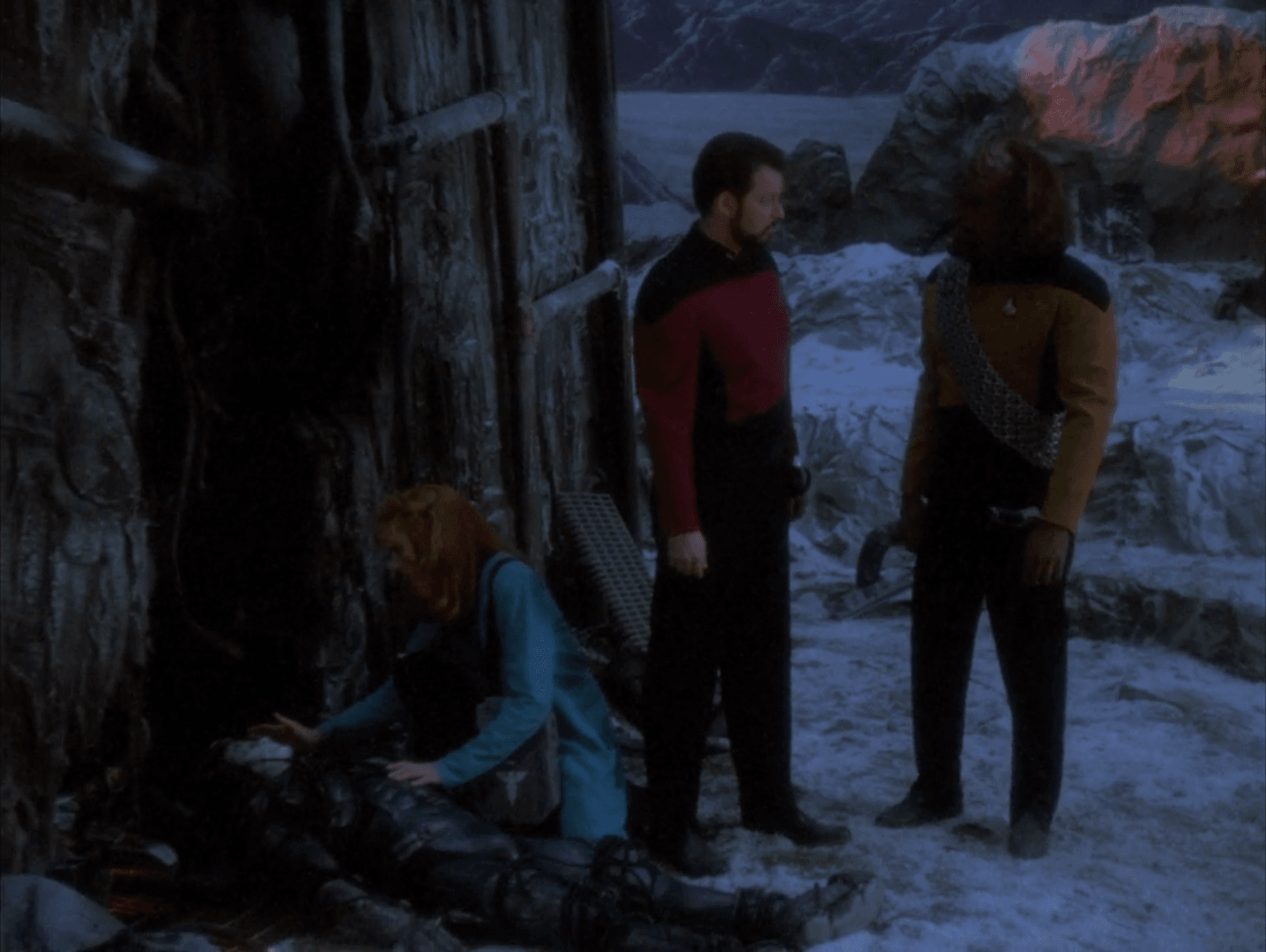
Hello and as always, welcome to the latest installment of ‘Final Frontier Friday’! For this week’s outing, we’ll be turning our eye back to ‘Star Trek: The Next Generation’ for a look at the fifth season installment ‘I, Borg’.
‘The Best of Both Worlds‘ was huge. There’s no overstating that. So there was no question that sooner or later, the Borg would be back. The only question was when. Well, okay, there was another question: “How?” You see, up to this point, the Borg have been villains, yes, but more than that they’ve been presented as a nigh-unstoppable force of nature. The Borg are awesome – in every sense of the word. But it’s something of a catch-22: the very thing that made the Borg such great villains also made them much harder to write for than the Klingons or the Romulans. After all, how many times can our heroes defeat an undefeatable enemy before the impossible becomes routine and instead of moving the audience to the edge of their seat, that villain moves them only to yawn? (As an aside, when people talk about the diminishing returns the Borg saw on ‘Star Trek: Voyager’, I very much believe that – rather than the quality of the episodes/stories themselves – is the actual problem they’re picking up on.)
 That was the conundrum that the ‘Next Generation’ staff faced. And the solution, in a way, was not to try. Instead of trying to out-epic that now-classic cliffhanger, they took a different approach, favoring a more intimate, character-focused story that was devised at a writers’ retreat in the fall of 1991 and eventually assigned to story editor Rene Echevarria. That idea involved focusing on a single Borg instead or the enormity of the Collective, allowing them to flesh out the Borg a bit more than they might otherwise have been able to had they done another big chase/fight episode. In particular, Echevarria and his uncredited collaborator Jeri Taylor took the opportunity to explore the consequences of separating a Borg from the hive mind. Picard’s rescue in their previous encounter had, after all, proved it was possible, but Picard’s time as Locutus was limited to a matter of days, leaving the lingering question of how a more “established” Borg might handle the transition back to individuality.
That was the conundrum that the ‘Next Generation’ staff faced. And the solution, in a way, was not to try. Instead of trying to out-epic that now-classic cliffhanger, they took a different approach, favoring a more intimate, character-focused story that was devised at a writers’ retreat in the fall of 1991 and eventually assigned to story editor Rene Echevarria. That idea involved focusing on a single Borg instead or the enormity of the Collective, allowing them to flesh out the Borg a bit more than they might otherwise have been able to had they done another big chase/fight episode. In particular, Echevarria and his uncredited collaborator Jeri Taylor took the opportunity to explore the consequences of separating a Borg from the hive mind. Picard’s rescue in their previous encounter had, after all, proved it was possible, but Picard’s time as Locutus was limited to a matter of days, leaving the lingering question of how a more “established” Borg might handle the transition back to individuality.
And speaking of Picard, outside of ‘Family‘ (which functions as essentially the third part of or an hourlong coda to ‘The Best of Both Worlds’), ‘I, Borg’ is the only time in the series that the lasting impact of Picard’s assimilation is actually dealt with. It’s a reflection of how much the medium has changed that a lead character could undergo such a life-altering experience and the show would hardly ever remark upon it. But it was 1990 and, while assimilation by the Borg isn’t the sort of thing that one just “gets over,” the demands of episodic television meant that Picard had to do just that, and quickly. As a result, the aftermath of that trauma isn’t really dealt with in the sort of depth that a more modern audience might expect. But it is on full display in ‘I, Borg’.
You’ll see what I mean soon enough…
